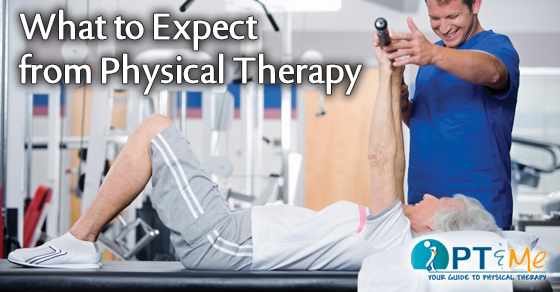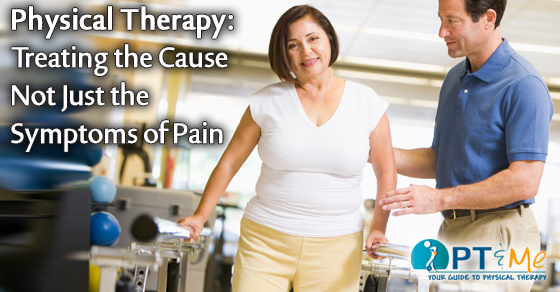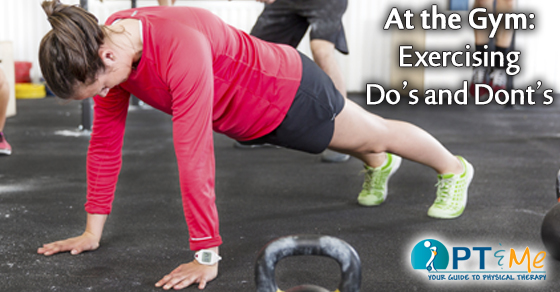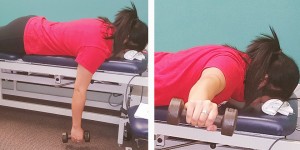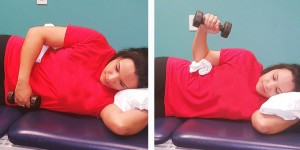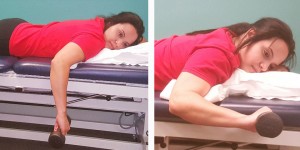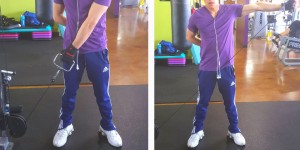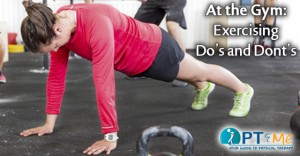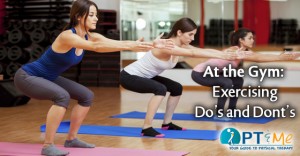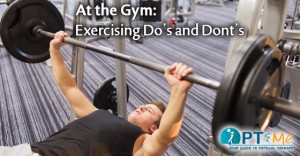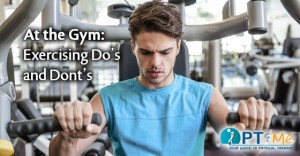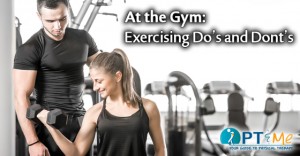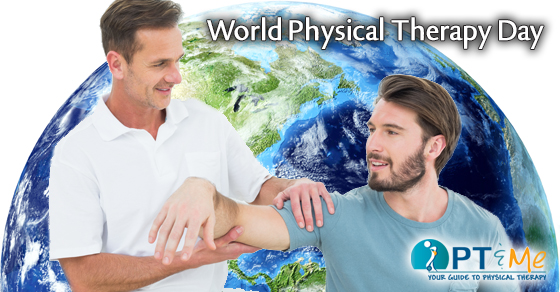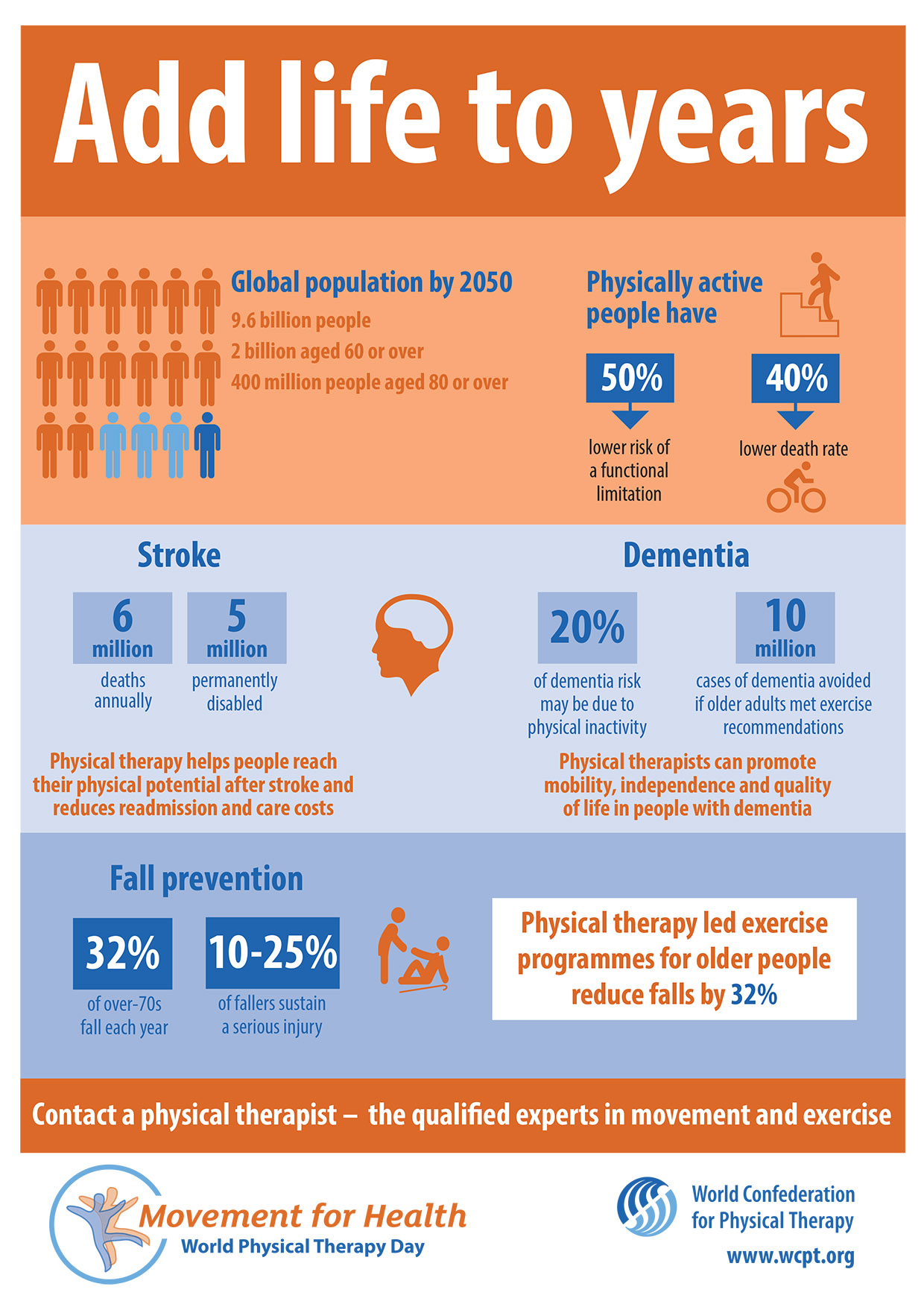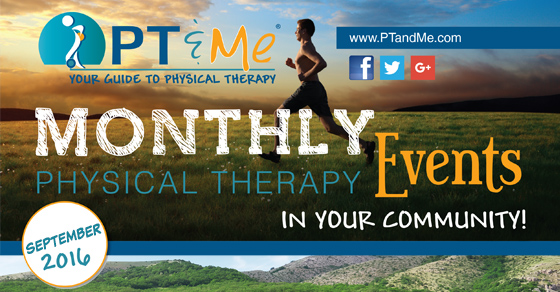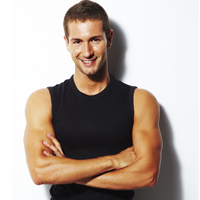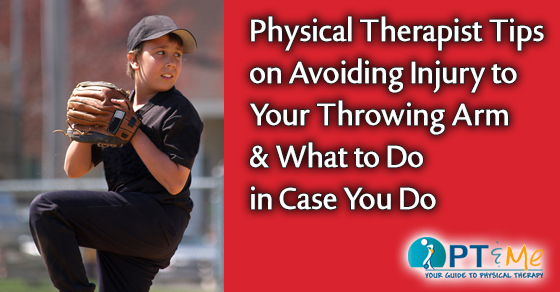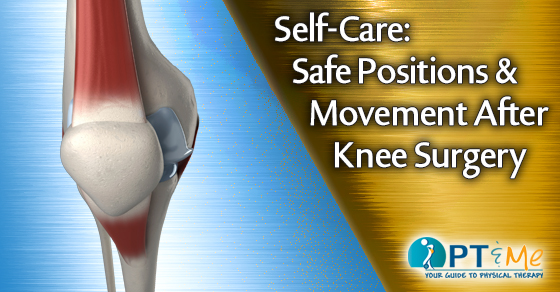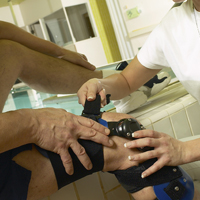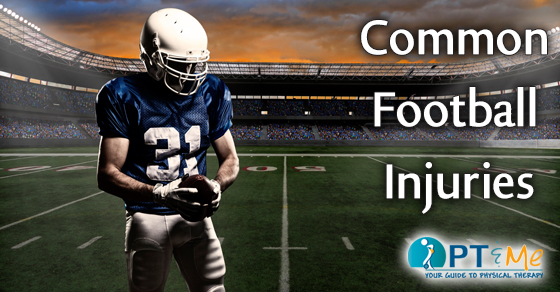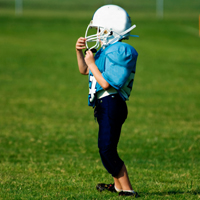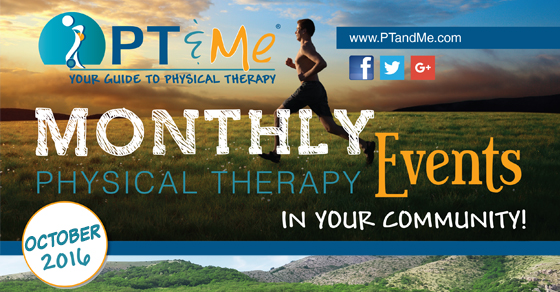
Check out our Physical Therapy Monthly Events Calendar! Focusing on events from PTandMe.com participating physical and occupational therapy clinics. Read more to find out what’s happening in your community in October 2016!
GEORGIA PHYSICAL THERAPY EVENTS
FOLKSTON, GA
DATE: October 21st 2016, 5:00PM – 7:00PM
20 Year Anniversary Cookout
CLINIC: Advance Rehabilitation Physical Therapy – Folkston
Advance Rehab is celebrating its 20 year anniversary in Folkston, Georgia with a cookout and live music by local artist Justen Harden
For more information about Advance Rehabilitation Physical Therapy, visit them online at http://www.advancerehab.com.
IDAHO PHYSICAL THERAPY EVENTS
BOISE, ID
DATE: October 18th – 15th 2016
2016 NPI Annual Fall Conference
CLINIC: Intermountain Physical Therapy & Hand Rehabilitation – Boise
Intermountain will have a booth at this year’s event. Stop on by and see how physical therapy brings patients back to their full potential! For more information about Intermountain Physical Therapy & Hand Rehabilitation, visit them online at http://www.intermountainpt.com.
MICHIGAN PHYSICAL THERAPY EVENTS
MONROE, MI
DATE: October 4th 2016, 3:00PM – 6:00PM
Monroe Open House
CLINIC: Advanced Physical Therapy – Monroe
Advanced Physical Therapy’s Monroe clinic is celebrating their relocation with an open house! Join us for snacks, drinks and check out the new digs. We’d love to have you as we get to know our new neighbors and friends! First 100 guests will receive a free gift. For more information about Advanced Physical Therapy, visit them online at http://advphysicaltherapy.com.
NEW JERSEY PHYSICAL THERAPY EVENTS
BORDENTOWN, NJ
DATE: October 17th 2016, 4:30PM – 8:00PM
Work Comp Seminar at Villa Mannino Restaurant
CLINIC: Hamilton Physical Therapy Services, L.P.
Attention all work comp case managers and adjusters! Join Hamilton Physical Therapy and Princeton Brain & Spine Care as they talk about the Evaluation and Rehabilitation of Concussions in the injured workers.
AGENDA:
4:30 pm – 5:30 pm — Registration & Vendor Exhibit
5:30 pm – 5:45 pm — Opening Remarks
5:45 pm – 7:30 pm — Clinical Presentation
7:30 pm – 8:00 pm — Q&A Session
For more information contact Jaime Caceres at Hamilton Physical Therapy Services in Hamilton, New Jersey at (609) 585-2333. Also, visit Hamilton Physical Therapy Services online at http://www.hamiltonphysicaltherapy.org.
TENNESSEE PHYSICAL THERAPY EVENTS
NASHVILLE, TN
DATE: October 15th 2016, 8:00AM – 11:00PM
2016 – 2017 Heart Walk at Vanderbilt University Sport Field
CLINIC: STAR Physical Therapy
Help STAR Physical Therapy reach their goal to raise $5,000 for the American Heart Association. You can help us by donating to our team ($20 donations receive a custom t-shirt) or join the STAR Physical Therapy Heart Walk Team and join us at the event! For more information about STAR Physical Therapy, visit them online at http://www.starpt.com.
TEXAS PHYSICAL THERAPY EVENTS
CLEVELAND, TX
DATE: October 15th 2016, 9:00AM
Walk with a Doc for Hardhats & Little Heads
CLINIC: Cleveland Physical & Occupational Therapy
Cleveland Physical & Occupational Therapy is participating in this year’s Walk With A Doc at the Cleveland High School Track! Bring your friends and family to enjoy a day of fun! Participants will walk on the track with national award winning doctor Dr. Sulaiman, explore vendor booths, receive health and community information as well as meet local fireman and police officers all while getting healthy! Special appearances by Reggie Airman Dixon, Maurice Termite Watkins, and Reggie Johnson. Children will be provided with free bikes, helmets, t-shirts, water bottles, goodie bags and more as part of the Hard Helmets for Little Heads initiative while supplies last. All materials will be distributed on a first come, first served basis. For more information, please contact Kimberly Hughes at (281) 592.2224 – ext. 206 or at khughes@hcset.com. You can also visit the official event website here: http://walkwithadoc.org/our-locations/cleveland-texas/. For more information about Cleveland Physical & Occupational Therapy, visit them online at http://www.clevelandpt.com.
WISCONSIN PHYSICAL THERAPY EVENTS
JEFFERSON, WI
DATE: October 10th 2016, 5:30PM – 6:30PM
JUMP: Great Apple Crunch Fun Run
CLINIC: Sport & Spine Physical Therapy – Jefferson
Sport & Spine Physical Therapy in Jefferson, Wisconsin invites Jefferson community members of all ages to join us in our 4th annual one mile FUN RUN/WALK! Participation ribbons for all children
There will also be refreshments. In the event of inclement weather, it will be canceled with no make-up date. For more information contact Jo Christianson at christiansonj@tds.net. Also, please visit Sport & Spine Physical Therapy online at http://sportandspineclinic.com.
MERRILL, WI
DATE: October 8th 2016, 8:00AM – 1:00PM
2016 Leaf Pile Run 6th Annual 5k Run/Walk & 1k Kids Run
CLINICS: Sport & Spine Physical Therapy & Merrill Physical Therapy
Please join Sport & Spine Physical Therapy, Merrill Physical Therapy and other WVAM members for a fun and festive fall run, to help support Wisconsin Valley Athletic Medicine by participating in the 2016 Leaf Pile Annual Event. All 5k and 1k participants receive a complimentary wristband for same day entry to Helene’s Hilltop Orchard to enjoy a hayride, corn maze, cow train, and the play area. Complimentary beverages from Red Eye Brewing Co. and root beer from Central Beer Distributors. Need more info? Contact Andy at Sport & Spine Clinic at adavis@usphclinic.com or call (715) 693-7727. For more information about Merrill Physical Therapy, visit them online at http://www.merrillpt.com.

